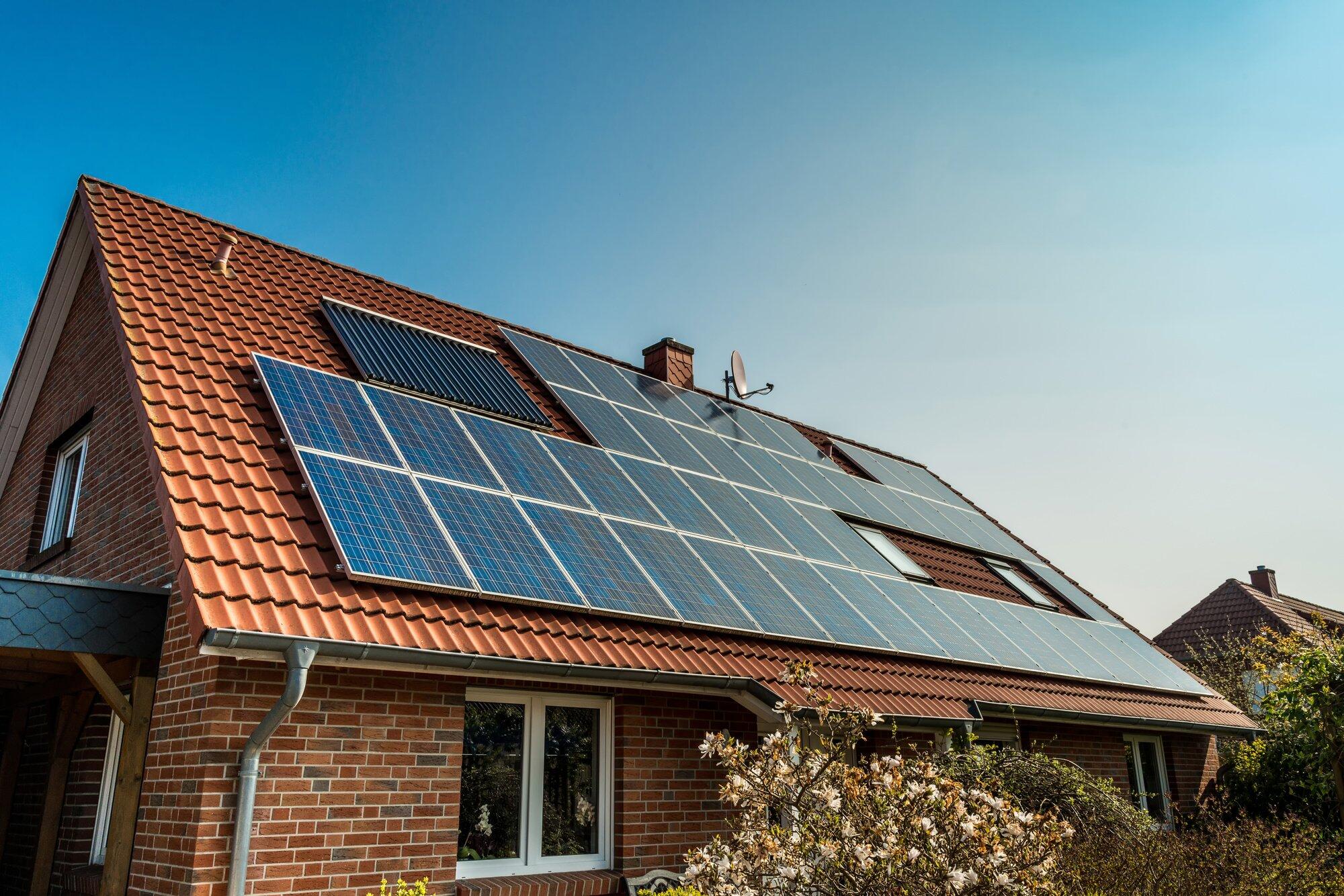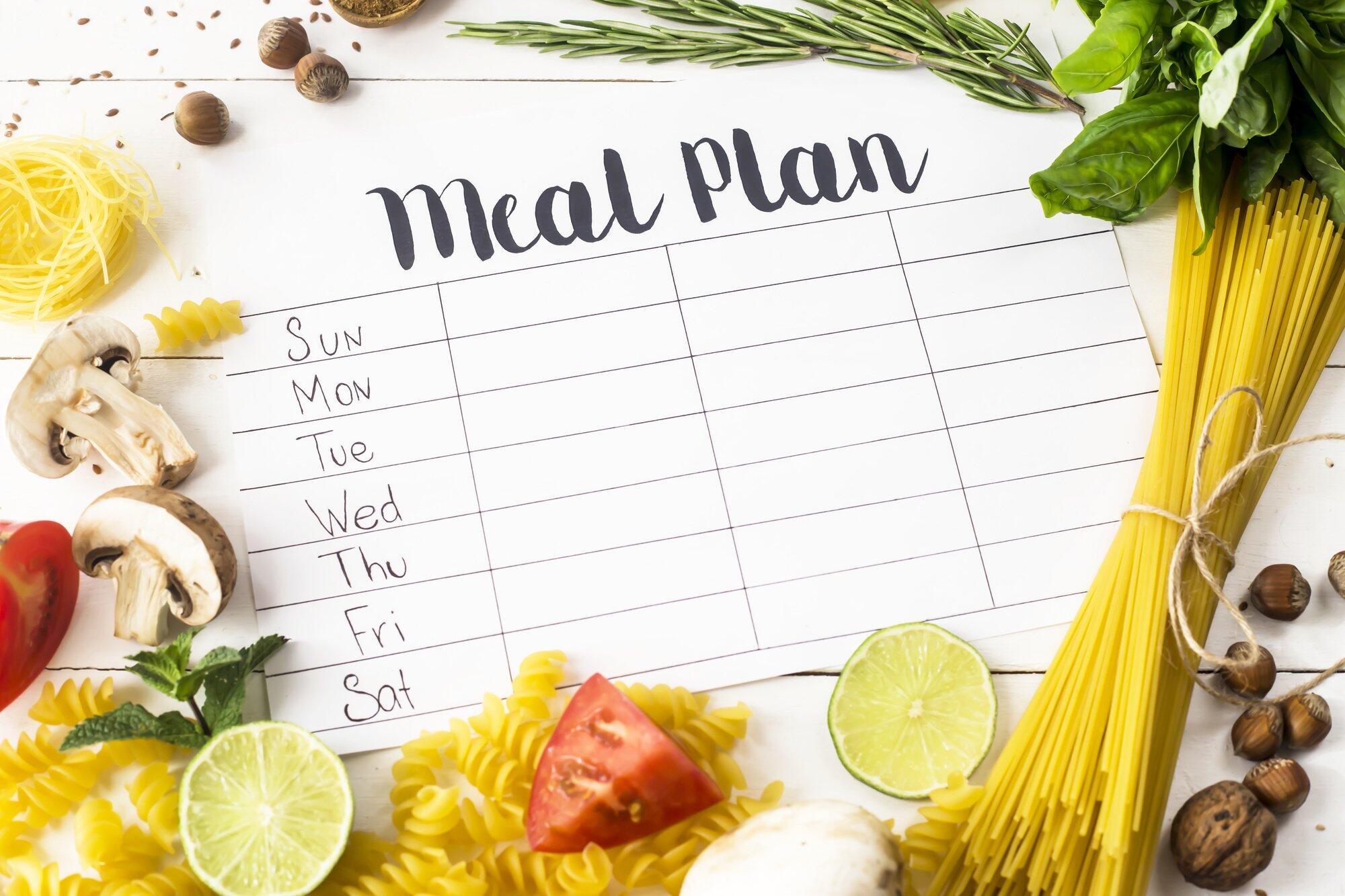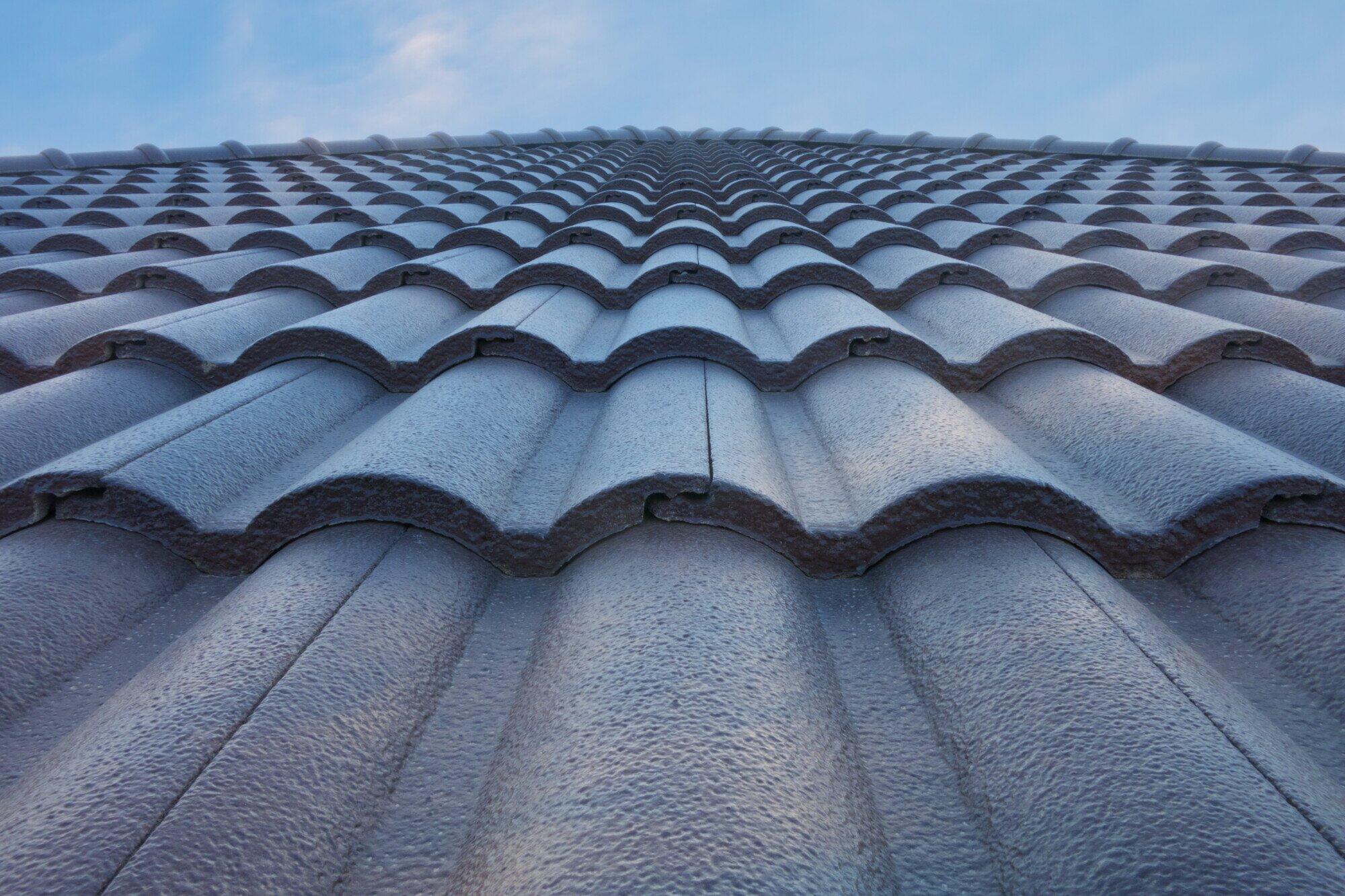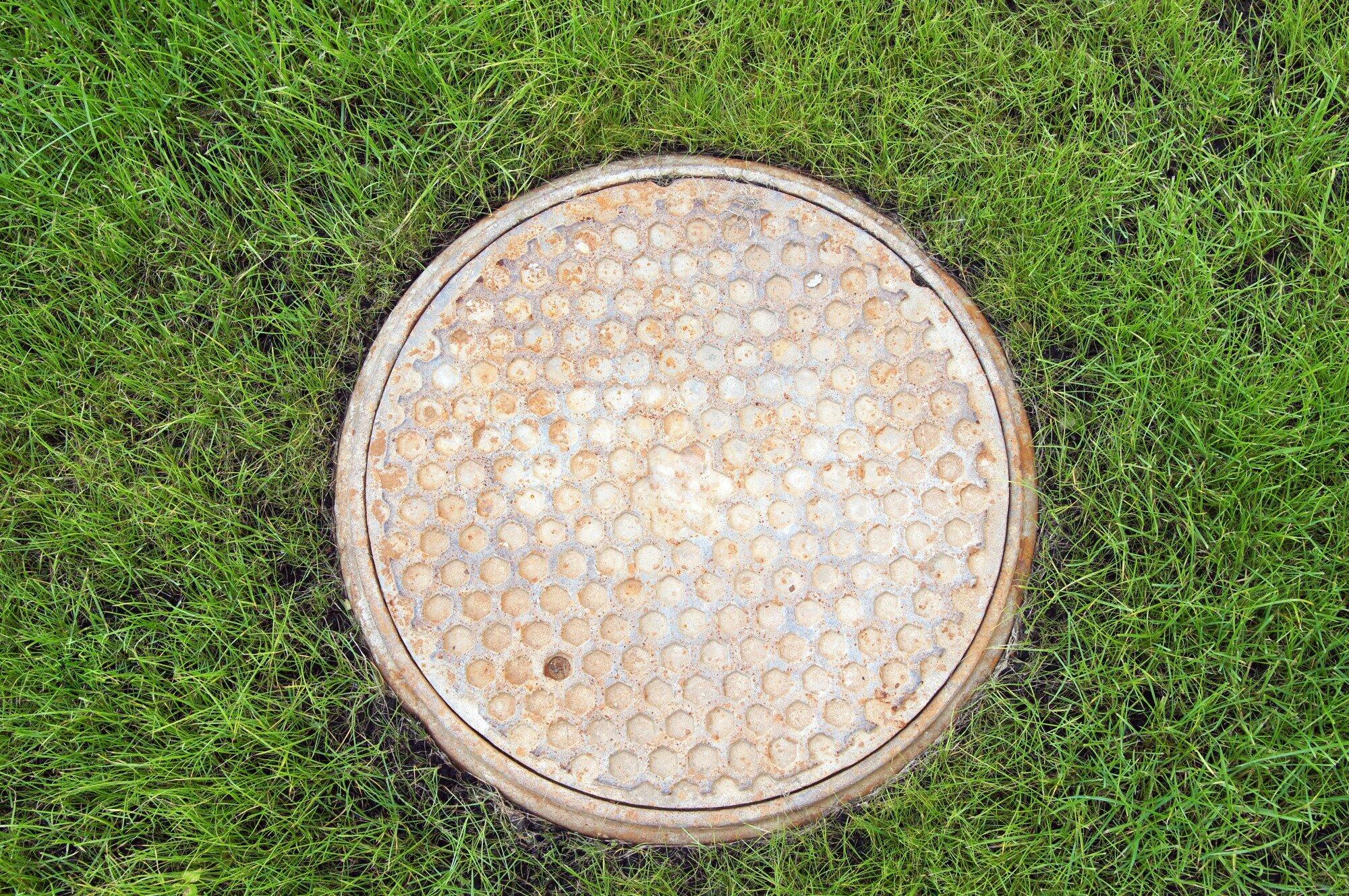Have you ever wondered what it would be like to live off the grid?
Imagine a life free from monthly utility bills, immune to power outages, and less dependent on the conventional energy grid. This might sound like a dream, but with the right resources and planning, it can be your reality.
Are you looking to take your house off grid? If so then read on and let’s get started.
Evaluate Energy Needs
The first step to going off-grid is knowing your home’s energy usage. Write down each energy-using item in your home. This includes big items such as the refrigerator and small items like your phone charger.
Next, look at each item’s energy rating, usually found on a sticker or label on the device. The rating is the amount of electricity the item uses per hour.
Add all these ratings together to find your home’s total hourly energy usage. By doing this, you will get a clear picture of how much energy you need to generate to go off-grid.
Choosing Renewable Sources
After understanding your energy needs, the second step is to pick the right renewable energy source. This could be solar, wind, or hydropower based on where you live.
Using solar electricity is a good choice if your home gets plenty of sunlight. Have premier solar installers help you out for the best results.
If you live in a windy area, then a wind turbine might work best for you. If you have a nearby stream or river, you could consider hydropower.
Each of these ways can help generate electricity for your home. It’s best to see which one aligns with your local climate and landscape. Explore and compare the costs, benefits, and possible drawbacks of each before proceeding.
Water Harvesting Techniques
Water is a vital resource. When living off-grid, you need a reliable water supply. One great way to achieve this is by harvesting rainwater.
To do this, you’ll need to install large containers or tanks to catch rain as it falls. The tanks can be above or below ground. They collect and store the rain for future use.
Another method is well-digging. This involves creating a hole in the ground to access water in the earth. A pump brings the water up from the ground.
Lastly, you could use a spring if one is nearby. Spring water is natural and clean – you can build a small reservoir to collect this water.
It’s a good idea to get the water tested for safety. Different techniques suit different locations so choose the one that works best for you.
Off-Grid Heating Solutions
Heating your home can be tough if you get off the grid but it’s not impossible. Let’s discuss a few ways you can do that.
One way is by using wood-burning stoves or fireplaces. They provide heat directly to your living space. You can also use them for cooking.
Another option is solar heating. Solar panels can capture sunlight and convert it into heat for your home.
It’s also worth considering geothermal energy. This involves using the earth’s natural heat from beneath the surface to warm your home. Deciding which solution is best will depend on your location and your personal needs.
Waste Management Practices
Living off the grid means handling your waste responsibly. Let’s talk about some methods.
Composting toilets are a great way to manage waste. They use little to no water and turn human waste into a nutrient-rich soil additive.
Also, consider recycling. Separate your waste into paper, plastic, glass, and metal. Many places have recycling centers where you can drop off these items.
Another idea is to compost food scraps. A compost pile in your backyard can decompose food waste into a rich soil conditioner.
These methods help to reduce the amount of waste that ends up in landfills. Each decision you make contributes to a sustainable off-grid lifestyle.
Building an Off-Grid Kitchen
An off-grid kitchen needs careful design. The main goal is simple: use less energy. Start by picking the right appliances – choose energy-efficient items that work well with your chosen power source.
For example, if you have solar power, consider solar ovens or a sun-powered refrigerator. If you have a wood stove, you can use it for heating and cooking.
Also, think about food storage. A root cellar is a good option for storing vegetables and fruits. It’s a natural, cool storage space that doesn’t require any power.
Finally, for cleaning dishes, consider a manual dishwasher. It uses less water and no electricity but still gets your dishes clean. By making smart choices, you can create a kitchen that is functional, energy-efficient, and friendly to the environment.
Storing and Preserving Food
Living off-grid means you may need to store food for longer periods. Canning is a great method. This process uses heat to kill any bacteria in food, and it can keep fruits, veggies, and even meats good for a year or more.
Another method is drying. By removing water from food, you also take away the bacteria’s home, which makes the food last longer. You can use an oven or a dehydrator for this. Freezing is another smart choice.
When you freeze food, it slows down the decay process. Just be sure you have enough power for your freezer! Each of these methods allows you to store your food, keeping it tasty and safe to eat.
Communication Without Internet
Living off-grid does not mean living in isolation. There are ways to stay in touch without the Internet.
One approach is using a landline phone. Sure, it may feel old-school, but it’s reliable. Another option is a satellite phone, which works almost anywhere.
For local communication, walkie-talkies can be handy. They work well for short distances.
You might also consider ham radio. It requires a license, but it’s a powerful way to connect with people near and far.
Mail, both traditional and courier, still works too. Each of these options can keep you connected with others while living off-grid.
Take Your House Off Grid With These Tips
Living a House Off Grid lifestyle is truly rewarding. It’s about being self-sufficient, environmentally friendly, and free from utility bills. Yes, it takes careful planning, but with these tips, you’re well on your way to a greener, more independent life.
So why wait? Start your journey off the grid today!
Are you looking for other helpful content? If so, then stay with us here on this page and continue reading for more.




